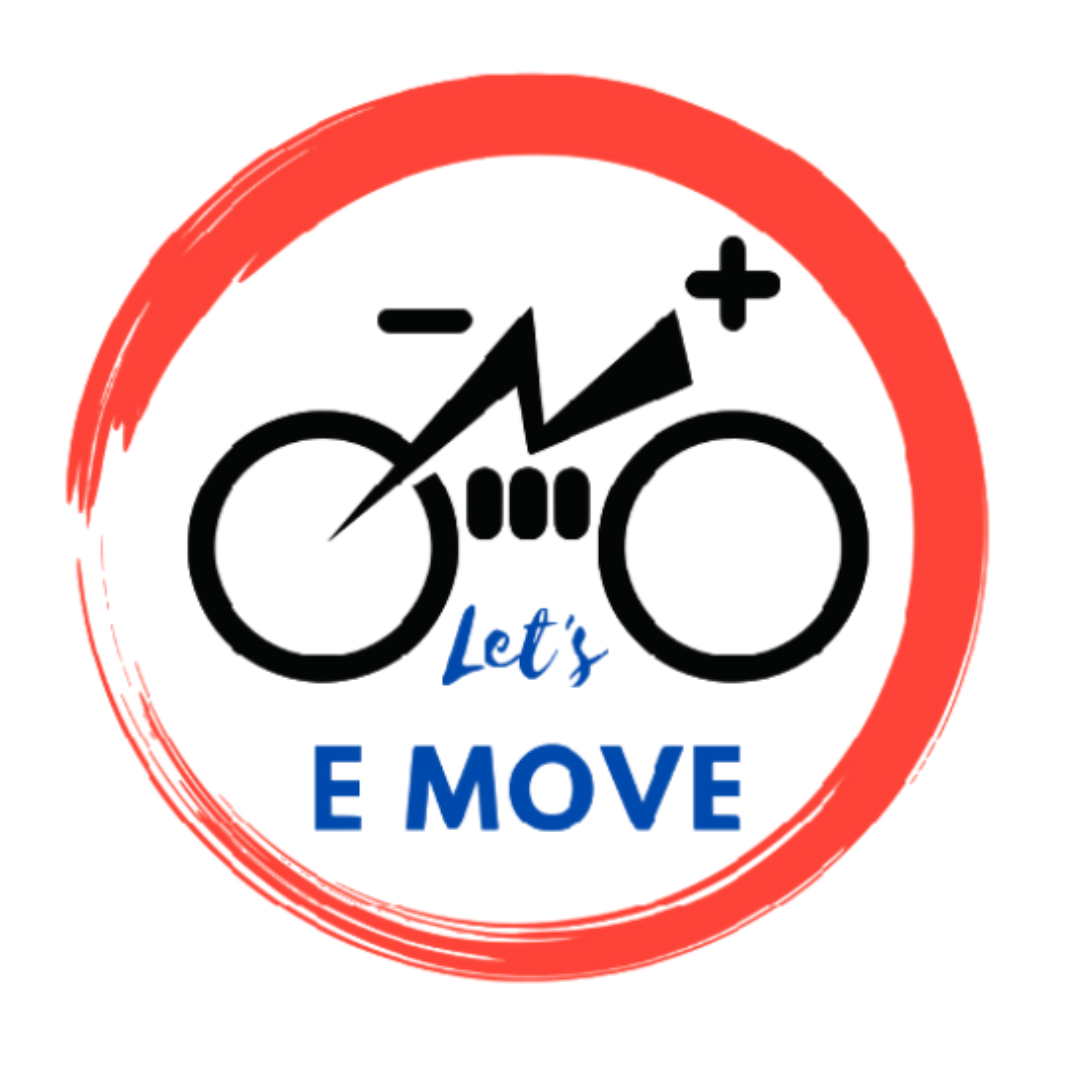
Tesla’s recent announcement of a humanoid robot, the Tesla Bot, has stirred up the tech world with mixed reactions. Some see it as a significant innovation with the potential to revolutionize robotics, while others view it as just another marketing stunt. At the end of the day, the question is, what is the Tesla Bot? Let’s dive into this topic to get a clearer picture.
The Tesla Bot’s Design
The Tesla Bot is designed to be humanoid, measuring 5’8” and weighing 125 pounds. The robot’s design is based on a human skeleton, with 40 electromechanical actuators that provide a range of motion and flexibility. The robot’s head is fitted with a screen that displays useful information to the user, and it is also equipped with an array of sensors, including cameras, Lidar, and ultrasonic sensors, to help it navigate the world around it. According to Musk, the ultimate goal of the Tesla Bot is to “eliminate dangerous, repetitive, and boring tasks.”
The New Footage
In the new footage, the Tesla Bot is shown walking, running, turning, and bending, all of which are essential movements for a humanoid robot. The robot’s movements are fluid and natural, which is a significant accomplishment for a robot of this size and complexity. The footage also shows the robot positioned on a raised platform, demonstrating its ability to balance and maintain equilibrium, which is crucial for humanoid robots.

The Benefits of Humanoid Robots
Humanoid robots like the Tesla Bot have many potential benefits, especially in the manufacturing and healthcare industries.
Manufacturing
Humanoid robots can perform repetitive tasks with speed and efficiency, reducing labor costs and increasing productivity. They can also perform tasks that are too dangerous or precise for humans. In the manufacturing industry, humanoid robots can work alongside human workers, taking on tasks that are physically demanding and repetitive, freeing up human workers to focus on more complex and creative tasks.
Also read: Why Tesla Remains a Major Player in the Electric Vehicle (EV) Market?
Healthcare
Robotics can also have a significant impact on the healthcare industry. Humanoid robots like the Tesla Bot can help improve patient care by performing menial tasks like distributing medicine or taking vitals, allowing healthcare professionals to focus on more critical tasks. They can also help people with mobility issues by performing tasks like lifting and carrying, reducing the need for human assistance.
Potential Applications for the Tesla Bot
The Tesla Bot has the potential for a range of applications, including manufacturing, healthcare, and home assistance.
Automotive Industry
The Tesla Bot is designed to perform repetitive or dangerous tasks, including charging electric vehicles, tire changes, and other tasks that require physical labor. This can increase productivity, reduce workplace injuries, and improve efficiency since the bot can work 24/7.
Manufacturing
In the manufacturing industry, the Tesla Bot could assist in assembling products or performing quality control tasks, which would reduce the need for human workers to perform repetitive and physically demanding tasks.
Healthcare
Robots have enabled medical professionals to perform remote surgeries and other medical procedures that improve patient outcomes significantly. The Tesla Bot, with its advanced sensors and machine learning algorithms, might be a helpful tool in the medical industry to help with surgeries and other critical procedures.
Home Assistance
The Bot could also serve as a personal assistant in the home, performing tasks like cleaning, cooking, and organizing, freeing up time for homeowners to focus on other activities.
Challenges
Despite the potential benefits of humanoid robots, there are also several challenges associated with their development and implementation.
Regulations and Safety Standards
The Tesla Bot falls under the category of service robots according to the International Organization for Standardization (ISO). These robots are subject to various regulations regarding safety and performance standards, which might pose a challenge for Tesla, especially since they are entering the robotics space for the first time.
Cost
Tesla has not yet released any pricing details for the Tesla Bot. However, the development of a robot with advanced sensors, machine learning capabilities, and AI drive systems can be expensive. The cost of manufacturing and maintaining such a robot will probably be high, which might limit the number of people who could afford to buy or lease the Tesla Bot.
Safety
Safety is another significant challenge in the development of humanoid robots. These robots will interact with humans in a range of settings, and ensuring their safety is paramount. Tesla has designed the Tesla Bot with safety in mind, incorporating sensors and other safety features to make it safe for human interaction.
Conclusion
The Tesla Bot is an exciting and innovative development for the robotics industry. The new footage released by Tesla shows the robot’s versatility and potential for a range of applications, from manufacturing to healthcare to personal assistance. Despite the challenges associated with developing and implementing humanoid robots, the benefits are significant and could have a profound impact on society. It will be fascinating to see how the Tesla Bot and other humanoid robots continue to develop and evolve in the coming years.







